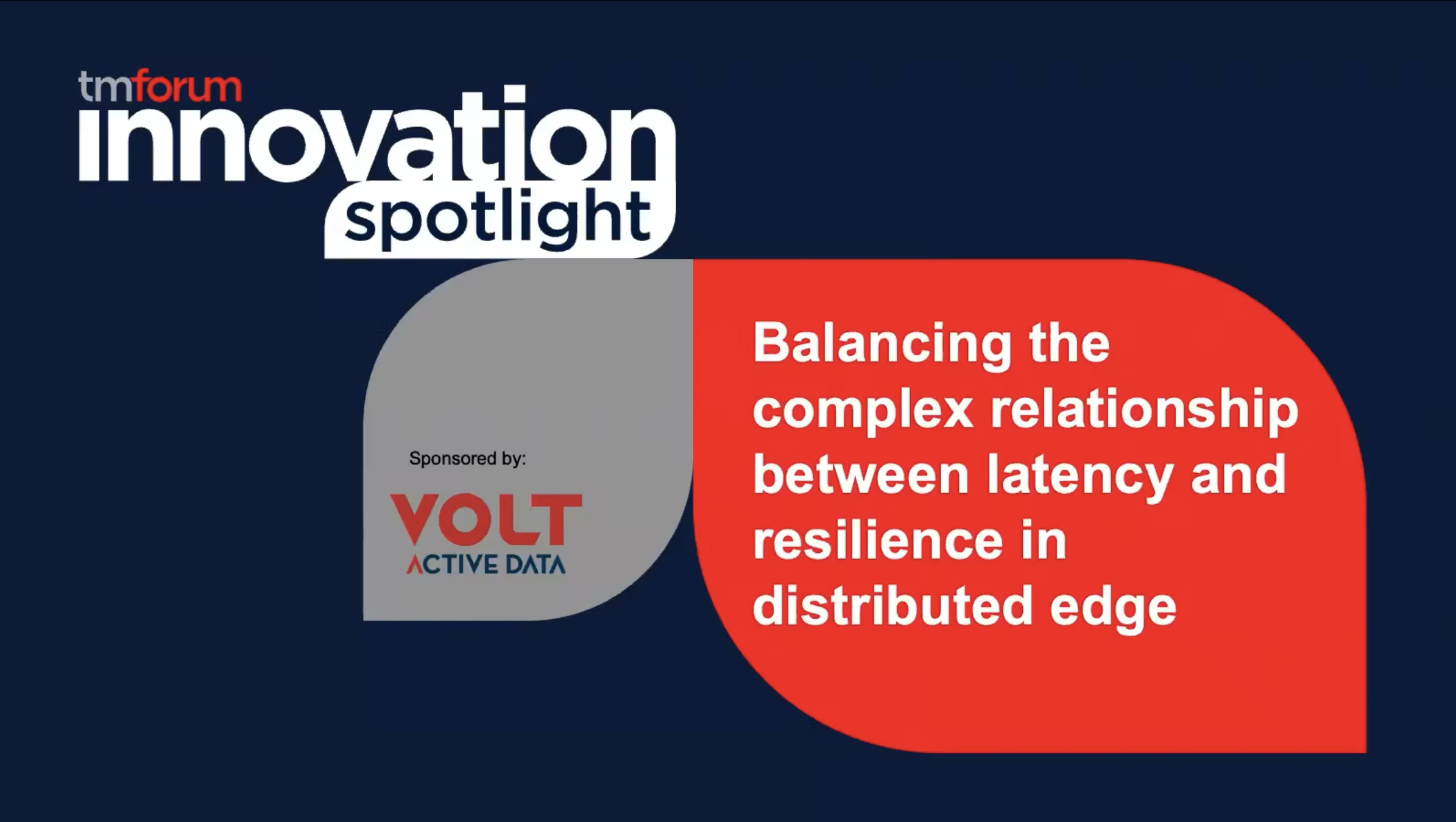Telco operators are expected to provide ‘five nines’ uptime, but hyperscalers generally don’t promise more than ‘four nines’, and even that commitment tends to be heavily hedged. This means that moving to public cloud creates an implicit requirement for Active-Active systems, as the data lives in and is also changed in two or more geographic locations at the same time. 5G does not make things any simpler, as it heralds a massive expansion in traffic volume of traffic, with 1 ms latency expectations in certain scenarios. In larger geos – such as the US – this means that data will be getting changed in a latency window far too short to inform or check with a remote data center, which implies significant additional complexity
In addition, edge computing uses geographical proximity to get ultra-low latency, but there is still a need for centralized management and control, which implies that data management will be both complex and distributed.
To meet these requirements back end systems need to be either Active-Active or Active-Active-Active and above. Regardless of how this is done, it’s still ‘bleeding edge’ and hard to do. Legacy RDBMS will have an extremely limited role here, but what capabilities does the underlying database technology need? What are the non-negotiable requirements that will drive choices?
Key questions that will be addressed in the workshop;
- Why is activex3 (and beyond) going to be necessary?
- Why will 2 data centers not be enough?
- What will be the business benefits from this opportunity?

